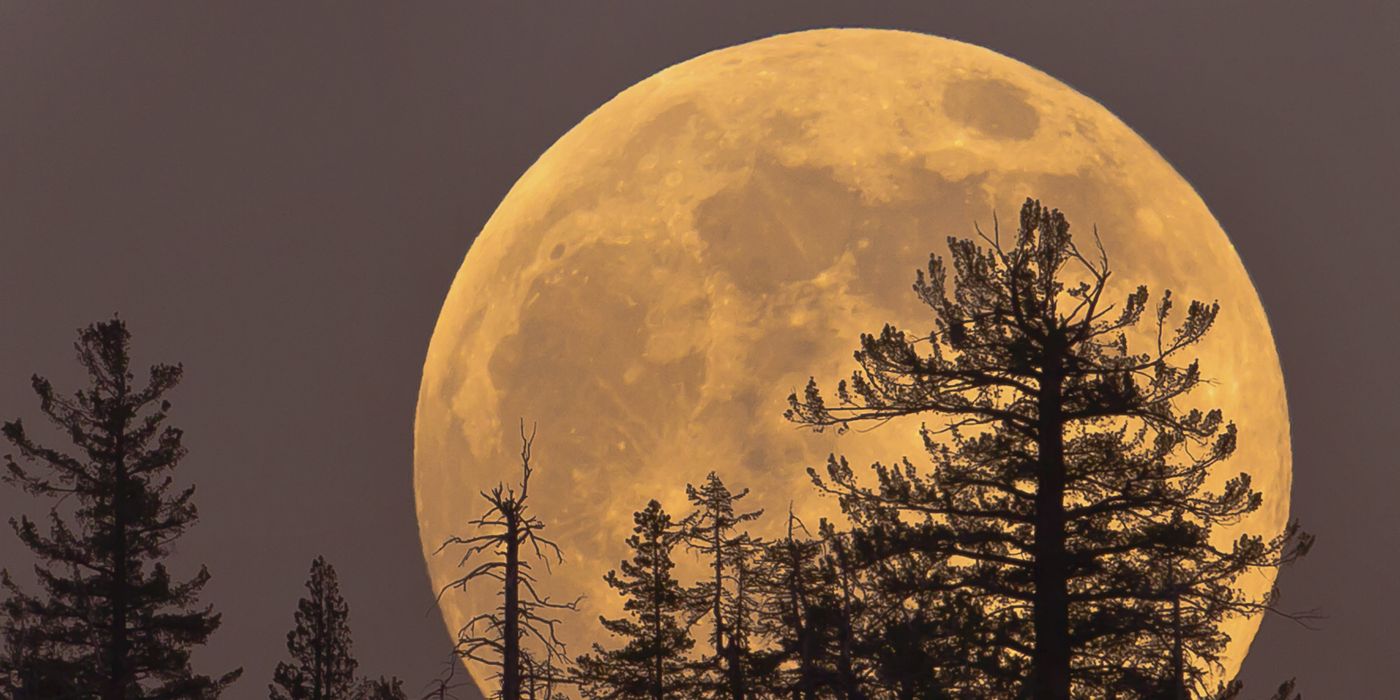Step Outside And See the Largest Super Moon of the 21st Century On November 14th
If you step outside on November 14th, you might be able to observe what’s known as a Super Moon.

This is a phenomenon that occurs when the Moon is at its closest point in its orbital path around the Earth, which causes it to appear much larger and brighter in the sky than it normally would. It also corresponds with being a full Moon, which makes it pretty hard to miss.
The Moon’s orbit around the Earth is not a perfectly symmetrical circle; instead, it’s more of an elliptical orbit, which means that from time to time, the Moon gets closer and further away throughout its orbit.
The event will reach its peak at approximately 8:52 A.M. EST (1352 GMT).
There are expected to be three Super Moons in 2016; one of them occurred already in October, while the next is expected mid-November, and the last will happen in December of this year.
This November however, the Super Moon will be a special one.
This is the first time the Moon will have been this close to the Earth since 1948, and according to Bob Berman, an astronomer with the Slooh Community Observatory, it won’t be this close to the Earth again until November 25th, 2034.
So what does that mean? While you may have observed Super Moons in the past, this is going to be the largest one you’ve seen yet.
With that being said, if you don’t think you’re going to have the time to see it in person this year, then you might want to try tuning in live on Slooh’s website, as they will live-stream the event starting at 7:00 P.M. EST on November 13th.
Source: NASA, Space.com








